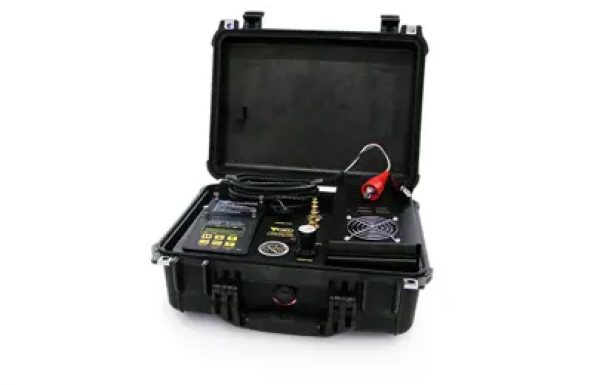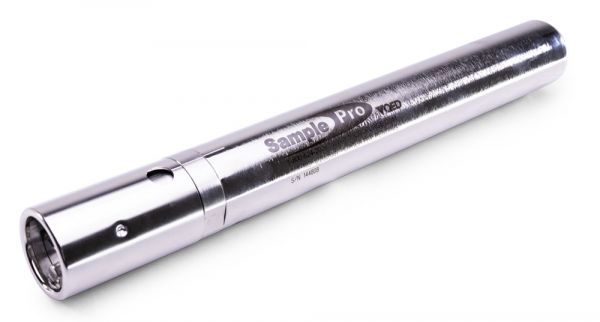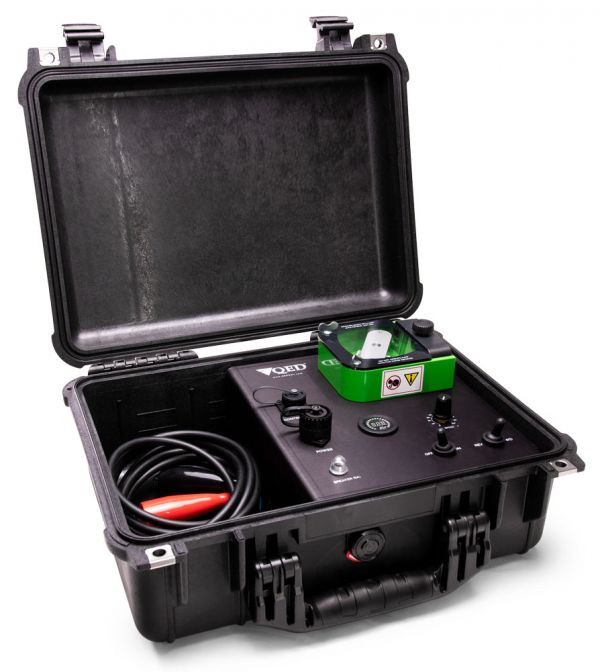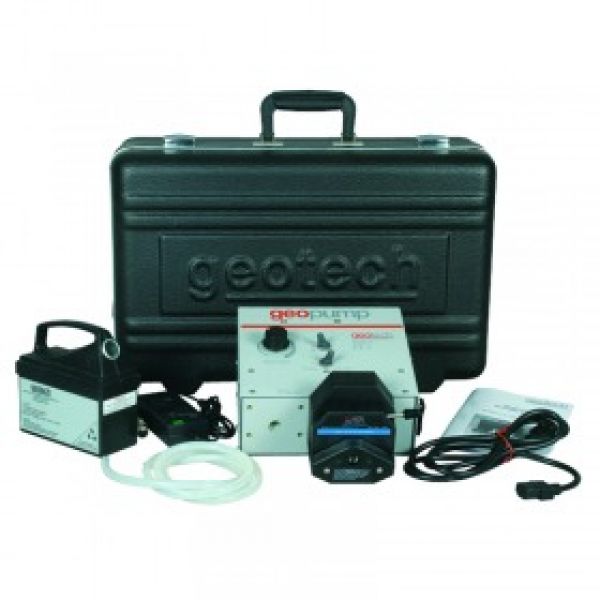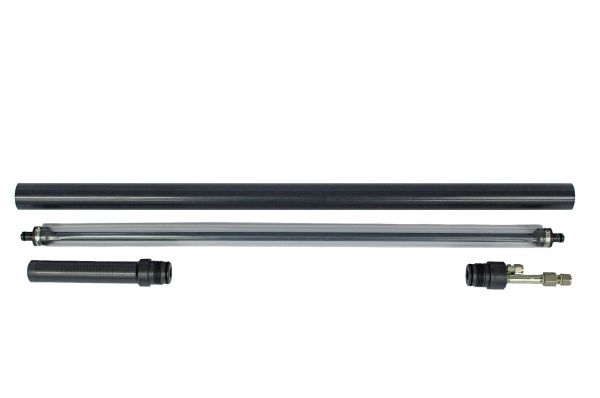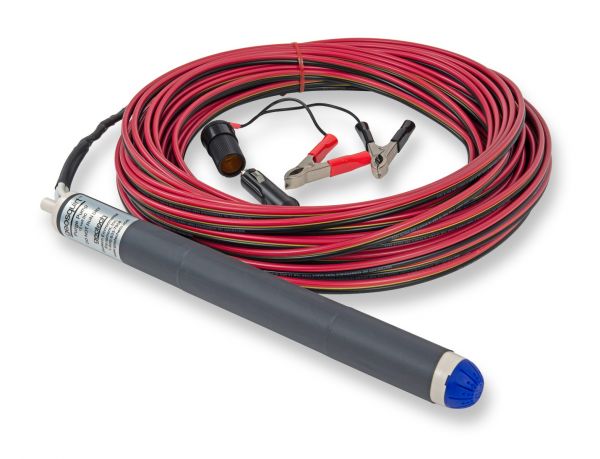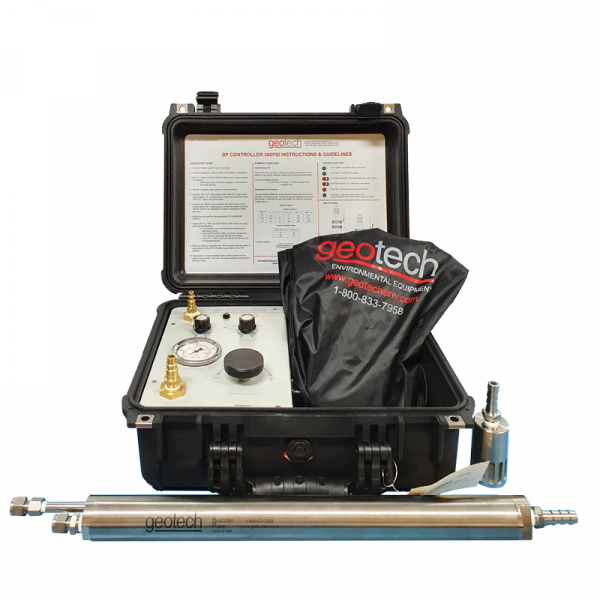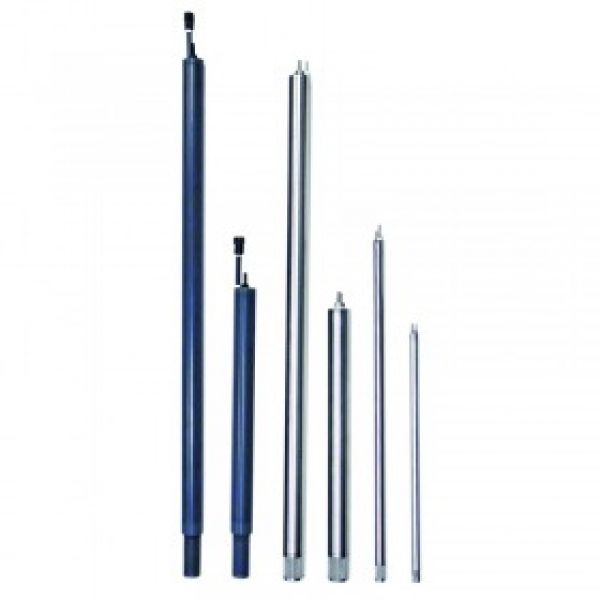Pumps
Groundwater is a vital natural resource that supports a broad range of uses, including drinking water for communities and livestock, irrigation for agriculture, and maintaining the health of ecosystems. Regular sampling of groundwater is essential to assess its quality, monitor for potential contamination, and ensure ongoing sustainability. Groundwater sampling is commonly conducted as part of environmental site assessments, regulatory compliance, contamination investigations, and long-term remedial performance monitoring. The use of pumps in groundwater sampling allows for the collection of representative water samples from monitoring wells at various depths to support accurate analysis and informed decision-making.
Types of Groundwater Sampling Pumps
There are a range of different types of groundwater sampling pumps to suit various applications. Some common types of pumps include:
- Peristaltic Pumps: Use flexible tubing and rollers to create suction and are ideal for shallow wells and low-flow sampling where maintaining sample integrity for volatile compounds is important.
- Bladder Pumps: Compressed gas is used to gently displace water, minimising agitation and sample disturbance. Suitable for collecting high-quality samples from deeper wells and for VOC analysis.
- Submersible Pumps: Electric pumps that can be placed at depth, offering high reliability for both sampling and well purging.
- Sampling Pump Controllers: Used to regulate flow rates, pressure, and pump operation during sampling. Controllers are essential for precise low-flow sampling, especially when using bladder or submersible pumps, ensuring accurate and consistent sample collection while minimising turbidity and sample disturbance.
Selecting a Groundwater Sampling Pump
Selecting the appropriate groundwater sampling pump depends on several factors, including the depth of the well, the required sample volume, and the type of contaminants being analysed. For shallow wells and volatile organic compound (VOC) analysis, low-flow methods using peristaltic or bladder pumps are often recommended to preserve sample integrity. For deeper wells or when higher flow rates are required, submersible pumps may be more suitable. Material compatibility, site access, portability, power supply, and regulatory requirements should also be considered to ensure accurate and representative sampling results.
For more information about Air-Met Scientific’s range of groundwater monitoring equipment, contact one of our locations located Australia wide today.

